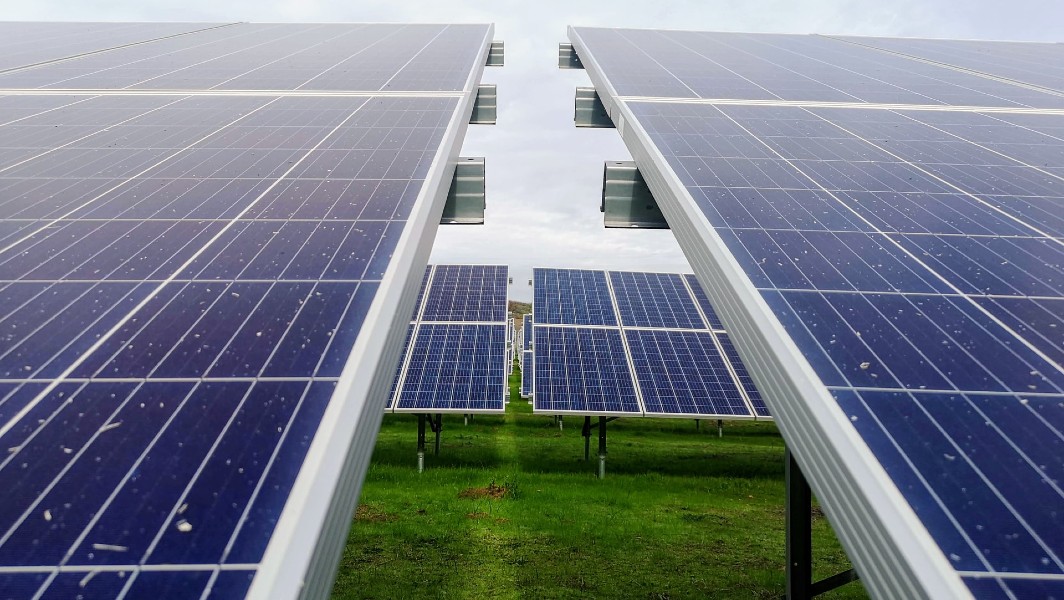What’s in the Energy Security Strategy? A quick read for businesses
How does Britain secure greater energy independence, protect consumers from sky-high prices while still accelerating the net zero transition? That was the challenge for the much-anticipated Energy Security Strategy, published this week.
We’ve got a quick-read summary of the main announcements.
Financial support for industry
The Energy Intensive Industries (EII) Exemption Scheme will be extended for a further 3 years, with aid intensity increased to up to 100%. The government says it may choose to reduce the aid intensity though, if there is a risk of budget overspend.
The government is also considering other measures to support business including increasing the renewable obligation (RO) exemption to 100%.
Energy efficiency
The Strategy acknowledged that the “first step” to reducing energy costs is to improve energy efficiency. However, it has already drawn criticism from experts for failing to provide a comprehensive strategy for reducing energy demand, in the face of a cost-of-living crisis.
It reiterated upcoming policy measures to drive energy efficiency in non-domestic buildings, including setting clear energy performance standards varying by building type (more details to be announced in May).
To expand heat pump manufacturing (and reduce demand for gas), a Heat Pump Investment Accelerator Competition will be launched this year, worth up to £30 million.
Oil, gas (and fracking)
“Even the most evangelistic environmentalist would concede that we can’t simply pull the plug on all fossil fuels overnight without the lights going out all over Europe,” the Prime Minister says in the introduction to the Strategy. “We’re going to make better use of the oil and gas in our own backyard…”
Plans to license new North Sea oil and gas projects were announced, as well as speeding up their development.
On fracking, the government says it remains “open-minded about our onshore reserves,” and has commissioned an impartial technical review on shale gas to consider any further scientific updates on seismicity. The pause will remain in place unless new evidence emerges.
The Strategy will also “ensure a new lease of life for the North Sea” in low-carbon technologies through ongoing development of carbon capture, storage and utilisation (CCUS) projects, such as a £1 billion commitment to 4 CCUS clusters by 2030.
Wind
“The UK will be the Saudi Arabia of wind power,” says the Strategy, announcing an increased target of delivering 50GW of offshore wind capacity by 2030; more than enough to power every home in Britain.
“Energy companies tell me they can get an offshore wind turbine upright and generating in less than 24 hours but that it can take as much as 10 years to secure the licences and permissions required to do so,” the Prime Minister says. So, plans to slash the red tape were announced, including reducing consent time from up to four years down to one year, and establishing a fast-track consenting route for priority cases.
Onshore wind is one of the cheapest sources of renewable power, but it’s also contentious. So, there will be no wholesale changes to current planning regulations. The government will be consulting on developing partnerships with a limited number of supportive communities who wish to host new onshore wind infrastructure in return for guaranteed lower energy bills.
Solar
The Strategy states the ambition to achieve solar capacity of up to 70GW by 2035. This represents a five-fold increase on the current capacity of 14GW. To help achieve this ambitious goal, the government has announced some measures to cut red tape in the planning system.
For ground-mounted solar, the government will consult on amending planning rules to strengthen policy in favour of development on non-protected land.
For rooftop solar, it plans to “radically simplify planning processes” with a consultation on relevant permitted development rights and will consider the best way to make use of public sector rooftops.
Accelerating nuclear
Nuclear is the big-ticket item in the Strategy, with the government announcing it would make “the big call to reverse decades of underinvestment”. Its new ambition to boost capacity so that by 2050, up to a quarter of power consumed in Great Britain is from nuclear.
A new government body, Great British Nuclear, will be set up to bring forward new projects, backed by substantial funding, and a £120 million Future Nuclear Enabling Fund will be launched this month. The government is looking to progress a series of projects as soon as possible this decade, including Wylfa site in Anglesey. This could mean delivering up to eight reactors, equivalent to one reactor a year.
Hydrogen
The Strategy sets Britain up to be a leader in developing a domestic source of this “super-fuel”, and while there is virtually no low-carbon hydrogen in our system today, it says technology is making this a near-term reality, with vast potential applications.
Green hydrogen will be especially valuable for flexibility and as a storage solution. A new target of 10GW of low carbon hydrogen production capacity by 2030 was announced, with at least half coming from green hydrogen and utilising excess offshore wind power to bring down costs. This will not only provide cleaner energy for British industries, but could also be used for cleaner power, transport and potentially heat.
Other hydrogen initiatives include:
- Annual allocation rounds for electrolytic hydrogen, so that up to 1GW of electrolytic hydrogen is in construction or operational by 2025.
- Designing, by 2025, new business models for hydrogen transport and storage infrastructure.
- Levelling the playing field by setting up a hydrogen certification scheme by 2025, to demonstrate high-grade British hydrogen for export and ensure any imported hydrogen meets the same standards.













